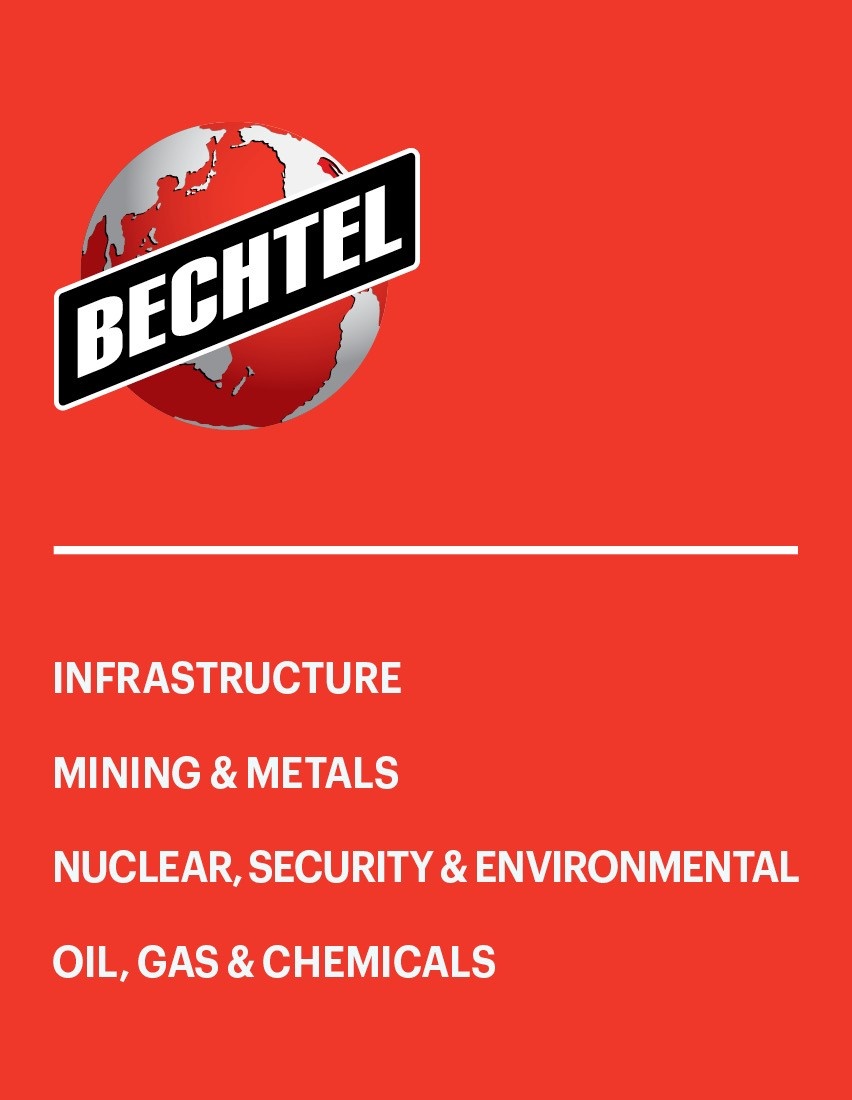How Infrastructure Companies Deliver Real Benefits
The best projects provide, connect, and produce sustainable outcomes.

Originally published on McKinsey & Co. Global Infrastructure Initiative publica…
by Craig Albert and Tam Nguyen
Sustainable infrastructure is a confluence of ideas. It’s physical, eco-friendly, and smart. It seeks to minimize costs and maximize the use of resources. It’s also global. The United Nations specifically mentioned infrastructure in its 17 Sustainable Development Goals.
The role of infrastructure is to provide essential services to societies and industries, including transportation networks, energy grids, and wastewater-treatment plants. Such projects are critical to economic development and to connecting people and ideas.
Sustainable infrastructure does all this while also reducing, recycling, and reusing natural resources. The operating premise is both simple and expansive: infrastructure in the future will need to be smarter, greener, and more efficient than it has been in the past. That is far from impossible. In fact, there are already opportunities to optimize sustainability in specific parts of the system. To succeed requires thinking beyond what infrastructure does to considering how it is constructed and how one project, or part of it, can deliver other benefits.
This matters because several global megatrends are forcing governments and companies to change the way infrastructure is designed, constructed, and operated. By 2050, there will be about 9.7 billion people on the planet, with two-thirds living in urban areas. That will put tremendous stress on existing systems, particularly in developing countries. According to our estimates, $48 trillion in investment is needed just to meet the world’s energy needs by 2035. Half the world’s population will be living in areas of high water stress by 2030; many will be vulnerable to actual crises, with critical shortages of clean water.
The challenge can seem overwhelming. By deconstructing the idea of an infrastructure system as the sum of its parts, however, it is possible to identify opportunities, and then to figure out how to broaden the possible benefits. For example, a Bechtel-led consortium is working on a rail project in the Middle East. While the primary task is to build two new rail lines, the system will also reduce pollution by giving nearly 3.6 million people an alternative to driving. In addition, more than 230,000 square feet of solar panels will power the depots, and all of the water needed for landscaping and other exterior uses will be treated municipal wastewater. This single project, then, promotes sustainability not only in transport but also in the use of energy and water.
Another example is Crossrail, which includes more than 26 miles of new tunnels under central London; 10 new stations will connect with subway and commuter-rail services. When completed, this could eliminate more than 300 million vehicle-miles each year, significantly easing congestion and reducing air pollution. Crossrail also has a comprehensive energy and carbon-management plan. Managers are working to reduce emissions by focusing on design features that improve energy efficiency, for instance, by reducing the weight of passenger cars, establishing targets to reduce energy consumption, and installing smart controls for lighting, heating, and air conditioning. By looking at individual elements, planners found many different ways to deliver sustainable improvements.
Another promising area is power generation. In the United States, Bechtel is working to help a number of power generators to incorporate more sustainable and diversified strategies, including utilizing nonfossil fuels in the form of large solar projects, as well as clean natural-gas plants, carbon capture, and nuclear power. Individually and together, they will help to decarbonize the supply of electricity while providing reliable power.
Developing nations are also beginning to realize the value of investing in sustainable infrastructure. Beginning in 2010, with the support of Bechtel, the government of Gabon and Bechtel started executing a $25 billion national infrastructure master plan, which placed sustainability front and center. A new government agency, l’Agence Nationale des Grands Travaux (ANGT), is in charge of implementing the plan. The goal is ambitious: to build a truly sustainable economy. Part of the support provided includes working to modernize the construction sector and help it to perform to international standards. That raises local expertise, enabling future developments to become self-sustaining.
These examples demonstrate how investment in specific elements of infrastructure can offer a range of positive outcomes greater than the sum of their parts. The cumulative impact is a more livable urban environment and a more productive economy.
Craig Albert is president of Bechtel Infrastructure, and Tam Nguyen is the global head of sustainability at Bechtel.

